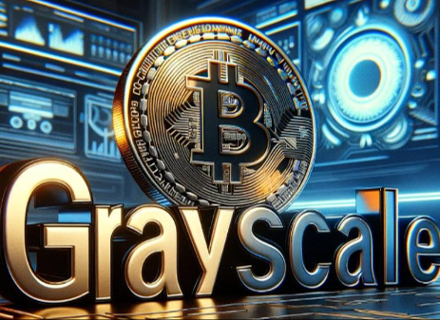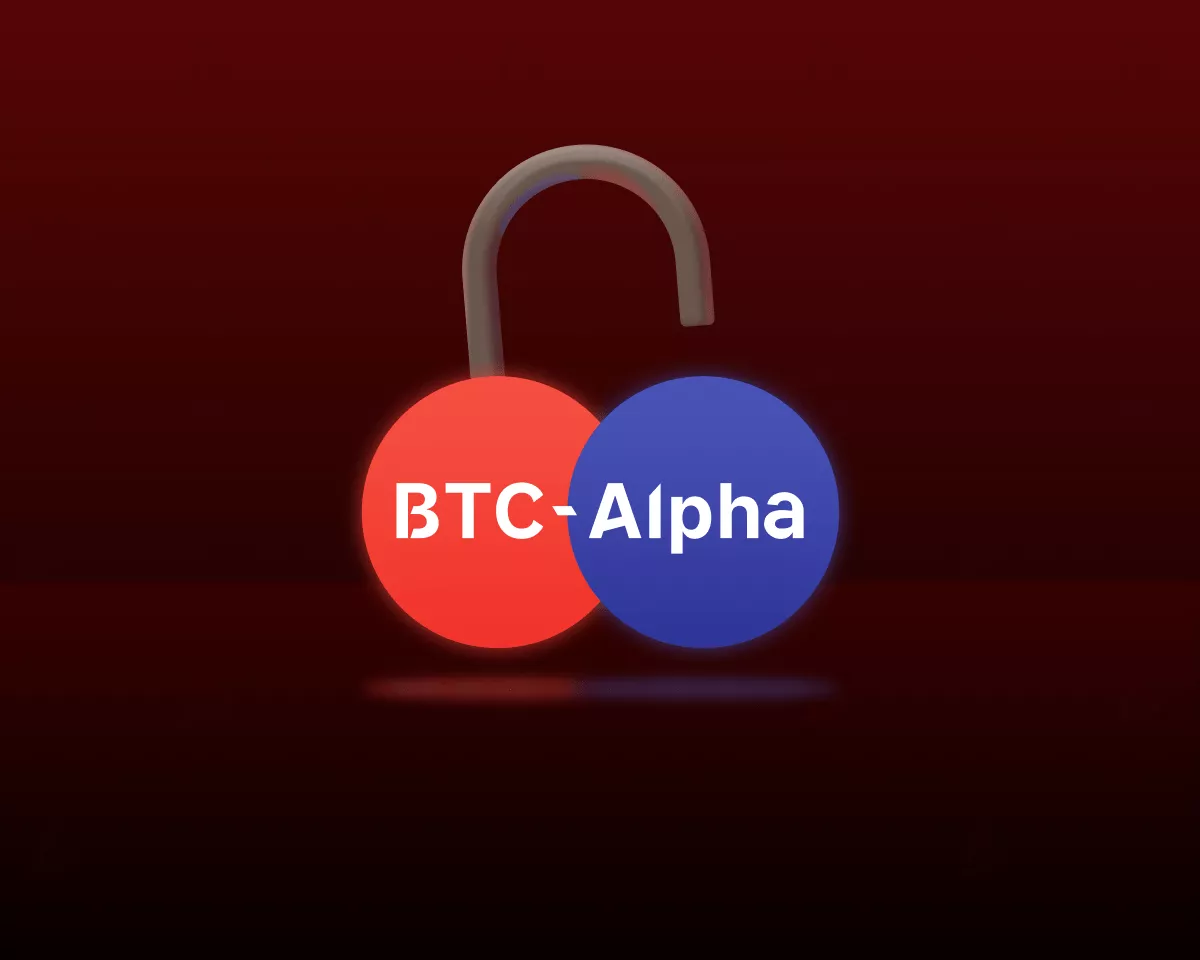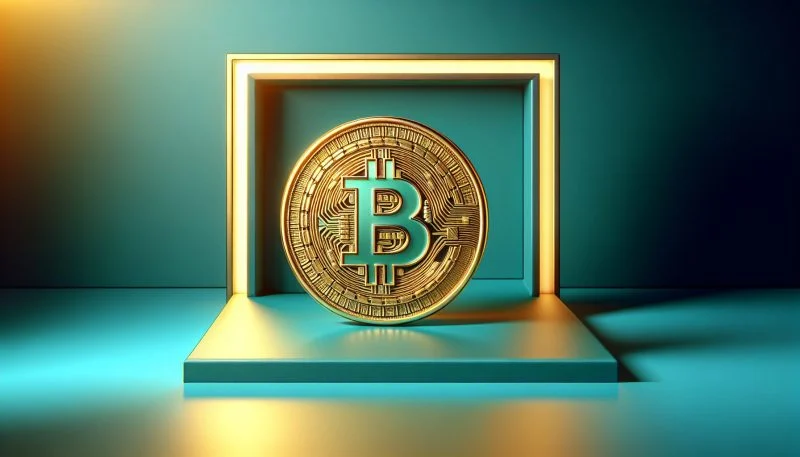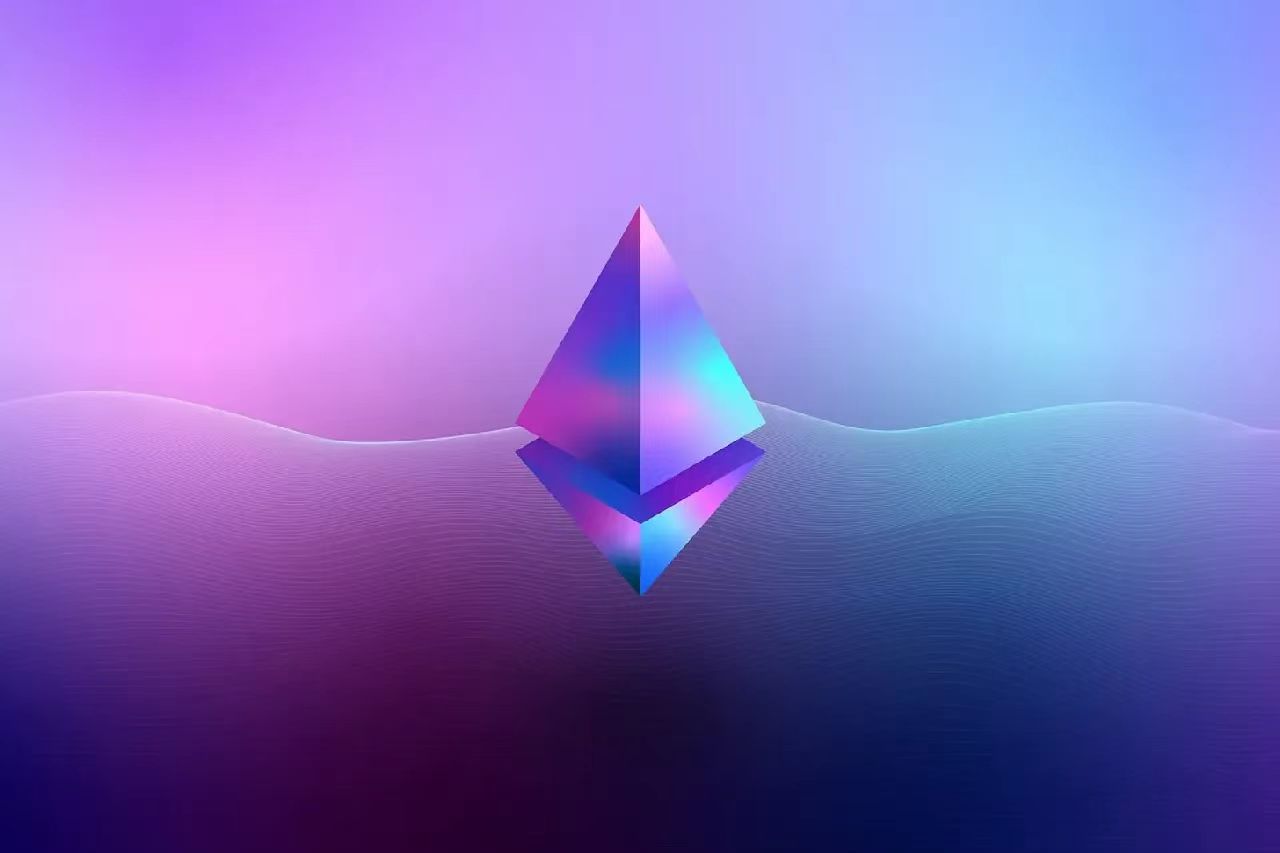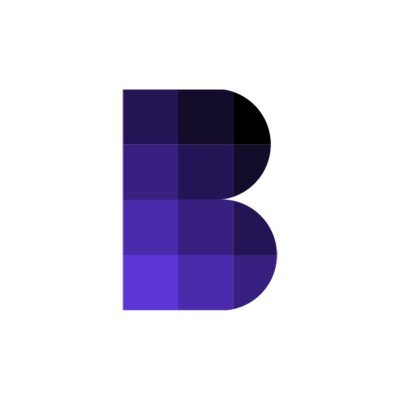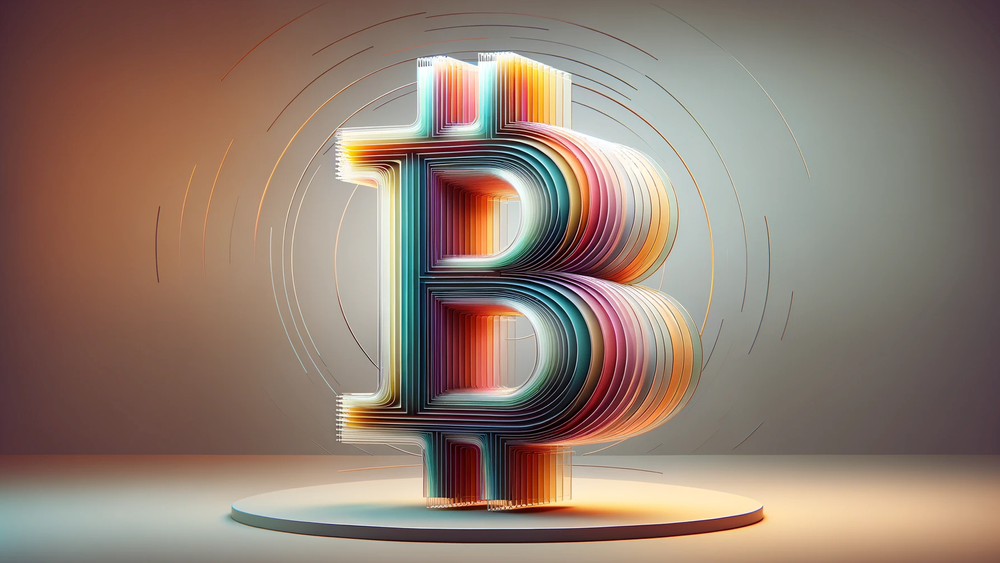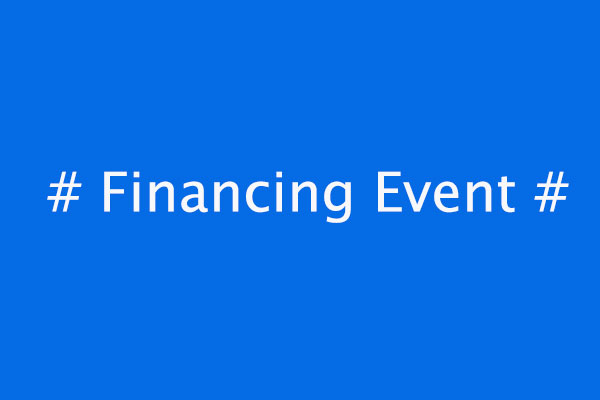- Tokenization refers to the registration of asset ownership on blockchain infrastructure. In tokenized form, assets can potentially benefit from a blockchain’s functionality, including more efficient settlement and the ability to interact with smart contracts.
- For the most part, the modern financial system is already fairly efficient, and tokenization itself may not lead to immediate efficiency gains. Rather, the main benefits we believe could come from bringing together users, assets, and applications onto a common global platform.
- From a crypto markets perspective, while a variety of assets may benefit from the tokenization trend, the one with the most potential will likely be the protocol that can provide that common global platform. At the moment, Grayscale Research believes the Ethereum blockchain has the best chance of serving this purpose in the future.
Public blockchains can be considered general-purpose technologies with many potential use cases, ranging from payments to video games to digital identity systems. Part of the value of this technology comes from bringing diverse applications onto a permissionless and open-architecture platform. When users, capital, and applications are pooled together in one place, everyone in the ecosystem benefits from network effects.
Tokenization is one of many applications of public blockchain technology. In some cases, where existing “back office” processes are very cumbersome, moving asset administration onto blockchain infrastructure may create immediate efficiency gains. But for many types of assets—e.g., public equities—the current digital infrastructure works reasonably well, and it is not obvious that public blockchains would work any better. In these cases, the potential gains from tokenization may come from network effects: by moving the world’s assets onto a common platform we can potentially create a financial system with greater functionality, improved access, and lower costs.
From a crypto markets perspective, while a variety of assets may benefit from the tokenization trend, the one with the most potential may be the protocol that can serve as the unified platform for tokenized assets, investors, and related applications. At the moment, Grayscale Research believes the Ethereum blockchain has the best chance of serving this purpose in the future.
Systems Upgrade
At some point, when blockchains are more widely adopted, securities may be issued and tracked entirely on-chain. But today, the beneficial ownership of securities—as well as real assets like real estate, physical commodities, and collectibles—is recorded on traditional off-chain ledgers (typically electronic book-entry accounts). Tokenization refers to the process of registering asset ownership on blockchain infrastructure, so that market participants can benefit from a blockchain’s functionality.[1] By design, the price of the blockchain-based token should closely track the price of the underlying reference asset.
Some of the benefits of transforming asset ownership into blockchain-based tokens may include:
- Settlement efficiency: Blockchain transactions settle nearly instantaneously, and can be structured such that the exchange of an asset is conditional on payment, reducing the risk of settlement failure.[2]
- Programmability: Tokenized assets can be integrated into software applications to allow for increased functionality. This may include, for example, transfers conditional on off-chain information, like compliance approvals, or the use of tokens as collateral in decentralized lending platforms.[3]
- Accessibility: Like the internet itself, blockchains are not limited by national borders. Tokenizing assets could therefore bring access to the world’s best capital markets to investors in a wider range of countries. Blockchains may also open access to new asset types through fractionalization.
- Lower costs: By increasing automation and reducing the role of intermediaries, tokenizing assets may reduce cost for issuers through lower underwriting fees and lower interest rates.[4]
Researchers at the Bank for International Settlements (BIS) have defined a tokenization “continuum” for considering how this process may affect specific markets. On the one hand are markets which still require significant manual workflow, like real estate or syndicated loans. These assets will likely be difficult to tokenize, but the process could create meaningful efficiency gains. On the other hand are the many other markets for which current electronic book entry systems are fairly efficient, like public equities, mutual funds and ETFs, and exchange-listed derivatives. These assets may be easier to tokenize, but the process offers more limited efficiency gains. The best candidates for tokenization may be somewhere in the middle of the BIS’s continuum: markets that would benefit from moderately better electronic record keeping and smart contract functionality. This list may include many types of fixed income securities, like government bonds and structured products. But, as discussed further below, the biggest gains are likely to come from moving all assets onto a unified global platform.
Tokenization Present and Future
The first application of tokenization technology to find product-market fit has been stablecoins, which tokenize the simplest and most liquid asset of all: cash. Stablecoin market capitalization now totals $158bn, led by Tether (USDT) and USDC (Exhibit 1). Stablecoins come in different forms, but both USDT and USDC can be considered fiat-backed stablecoins. They operate similarly to other tokenized assets: traditional assets are held in custody off-chain, and a tokenized representation can be held in blockchain wallets. In tokenized form, this type of digital cash can then be used for payments, benefiting from a blockchain’s potential for near-instant settlements, lower costs, and/or interaction with smart contracts.
Exhibit 1: Stablecoins have found product-market fit

Following stablecoins, the next tokenized asset to find broader adoption was gold (Exhibit 2).[5] The two largest projects, Tether Gold (XAUt) and PAX Gold (PAXG), have a combined market capitalization of roughly $1bn.[6] Although there are many ways to invest in gold, these products offer blockchain functionality, including the ability to transfer risk on weekends or outside of traditional market hours. This feature demonstrated utility during recent geopolitical tensions in the Middle East: both XAUt and PAXG had pronounced moves the week of April 13-14 when other markets were closed.[7]
Exhibit 2: Timeline of select tokenization projects

The latest wave of tokenization has focused on two distinct markets: US Treasuries and closely related assets, and credit products.
Tokenized US Treasury products are designed to function as cash equivalents and can be considered a yield-bearing alternative to stablecoins. According to data provider RWA.xyz, all of the existing products offered today have a weighted average maturity of less than two years.[8] In other words, these are products designed to offer yield and serve a cash-like function. When cash interest rates were close to zero, the opportunity cost of holding stablecoins was relatively low. But now that US Dollar interest rates are close to 5%, investors have a greater incentive to seek out yield-bearing alternatives, and this has likely contributed to the growth in tokenized Treasury products.
There are now more than $1bn in tokenized Treasury funds outstanding, led by the Franklin OnChain US Government Money Fund (FOBXX) and the BlackRock USD Institutional Digital Liquidity Fund (BUIDL) (Exhibit 3). Many of the existing products have been launched on the Ethereum network and appear geared toward crypto-native institutions, such as crypto trading funds and DAOs (decentralized autonomous organizations). However, the largest fund, FOBXX, took a different approach: it was launched on the Stellar blockchain and is available to retail investors through a mobile app. In total, about 60% of tokenized Treasury fund AUM is on Ethereum, 30% is on Stellar, and the remaining is on other blockchains.[9]
Exhibit 3: Roughly 60% of tokenized Treasury products are on Ethereum

A variety of firms have also introduced tokenized credit products. This is a diverse category including direct loans to individual counterparties, pools of structured credit products (e.g., ABS, CLOs), and lending to intermediaries in specialized sectors (e.g., real estate financing, emerging markets). While these products can be risky and complex—and are currently designed only for institutional investors—their aim is straightforward: to channel capital from lenders to borrowers through a blockchain infrastructure. According to RWA.xyz, there are currently $612mn in active loans in this category, with an average yield of about 10% (Exhibit 4).[10]
Exhibit 4: Tokenized credit products reach a diverse mix of borrowers

There are many other potential applications of tokenization technology, but few have moved past an experimental stage. For example, tokenized real estate platform RealT offers non-US investors access to fractionalized ownership of property; the protocol currently has $103mn in total value locked.[11] There is also hope that tokenization of private funds will offer a way for the alternatives industry to tap into a wider range of investors. It remains to be seen whether these new distribution channels will contribute meaningfully to the industry’s AUM. A variety of fixed income securities have been directly issued on-chain, from both public sector issuers (e.g., European Investment Bank) and private sector issuers (e.g., Siemens). Although there have been previous attempts to tokenize equity securities, we suspect that these projects will require more regulatory clarity before progressing further.
If adoption continues, tokenization has the potential to drive a significant amount of blockchain activity and fee revenue, because the addressable markets are so large. In the US alone, Treasury securities represent a $26tr market, and loans to the domestic non-financial sector total $36tr.[12] The amount of tokenized assets currently on-chain are a tiny fraction of these totals. However, for these products to grow beyond today’s crypto-native institutions, they will need to more efficiently connect with existing pools of capital. This may require building connectivity to brokerage or bank accounts, or by offering investors a sufficiently compelling reason to move their assets on-chain.
The Revolution Will Not be Private
There is a common misperception that tokenization may not benefit crypto assets because this activity will take place on private permissioned blockchains, rather than public permissionless blockchains like Ethereum. While it’s true that banks have experimented with private blockchain infrastructure (e.g., JP Morgan Onyx, HSBC Orion, and Goldman Sachs DAP), this at least partly reflects current regulation, which prevents depository institutions from interacting with public chains. Asset managers, who do not have the same constraints, have been building on public chains, or a hybrid of public and private chains.[13]
In fact, virtually all of the successful applications of tokenization to date—e.g., stablecoins, tokenized Treasuries, and tokenized credit products—have been launched on public blockchain infrastructure. The reason is simple: this is where the users are.
We expect that there will be efficiency gains from moving certain assets onto blockchain infrastructure. But the bigger promise of tokenization comes from seamlessly connecting assets and investors (or borrowers and lenders) across the globe, and from building a richer set of experiences through interoperable applications. Public blockchains have many applications beyond tokenization, which make them the natural hub for user assets and activity over time. For this reason, they will also likely continue to be the main destination for asset issuers and for developers building open financial applications. In our view, it is very unlikely that a private permissioned blockchain—run by a corporation of national government—could credibly provide the neutral global platform needed to host the world’s tokenized assets.
Transactions, fees, and value accrual
Blockchain transactions typically generate fees, which can flow directly to token holders (like dividends) or indirectly through reductions in token supply (like buybacks). Therefore, asset tokenization, if it results in transaction activity and fees, can accrue value to blockchain-based tokens. However, the mechanism through which this occurs will differ depending on the type of protocol and the token’s attributes (Exhibit 5).[14]
Exhibit 5: Assets across Crypto Sectors could benefit from tokenization

Certain components of our Smart Contract Platforms Crypto Sector should see the most direct impact.[15] The Layer 1 blockchains in this market segment (and perhaps eventually components of their Layer 2 ecosystems) could serve as the common global platform for tokenized assets. The native tokens of these protocols are typically used to pay transaction fees (“gas”), and may receive staking rewards and/or benefit from a reduction in token supply.
There is meaningful competition within the Smart Contract Platforms Crypto Sector, but the Ethereum ecosystem[16] still dominates other chains in terms of users, assets (total value locked), and decentralized applications.[17] Moreover, in our view Ethereum can be considered significantly decentralized and credibly neutral for network participants—likely a requirement for any global platform for tokenized assets. We therefore think that Ethereum is currently best placed among smart contract blockchains to benefit from the tokenization trend. Other smart contract platforms that may benefit from the tokenization trend include Avalanche (used in a variety of proof-of-concept projects by financial institutions), Polygon, and Stellar, as well as Layer 1 blockchains engineered for tokenization, like Mantra and Polymesh.
The next set of beneficiaries includes the tokenization protocols themselves—the platforms providing the software applications that bring traditional assets on-chain (Exhibit 6). Many of these providers do not have governance tokens (e.g., Securitize, Superstate), but several of them do. Examples include Ondo Finance, an issuer of tokenized Treasury products, and Centrifuge, a platform for tokenized credit products and a component of the Financials Crypto Sector. Before considering these tokens, investors should consider the nature of the governance rights they convey and the claims that they provide, if any, to protocol revenue.
Exhibit 6:Year-to-date returns for select tokenization protocols

Lastly, an increase in blockchain activity due to tokenization may support a variety of other components of the crypto ecosystem. For example, Chainlink hopes that its Cross-Chain Interoperability Protocol (CCIP) will provide the core infrastructure for messaging data across blockchains, including both private and public chains. Similarly, the Biconomy protocol provides certain technical processes that can help traditional financial institutions interact with blockchain technology (e.g., “paymaster” services, which allow users to pay gas in tokens other than a blockchain’s native token). Both Chainlink and Biconomy are components of our Utilities & Services Crypto Sector.
The Tokenization Vision
Grayscale Research believes that many aspects of digital commerce are transitioning from closed platforms hosted by centralized intermediaries, to open and decentralized platforms based on public blockchain infrastructure. Tokenization is one of many blockchain adoption trends, but potentially an important one given the size and scope of global capital markets. If public blockchains can bring together borrowers and lenders (or asset issuers and investors), and disintermediate existing financial technology, the increase in network activity should bring value to public blockchain tokens.
[1] Crypto market participants often refer to tokenized traditional assets as “real world assets” (RWA), to distinguish between digitally native assets. We avoid that term in this report.
[2] So called “atomic settlement,” which is closely related to the concept of delivery vs payment (DvP) in traditional finance. See, for example, “On the future of securities settlement”, Morten Bech, Jenny Hancock, Tara Rice, and Amber Wadsworth, Bank of International Settlements Quarterly Review, March 2020.
[3] See, for example, “Tokenization: Overview and Financial Stability Implications,” Francesca Carapella, Grace Chuan, Jacob Gerszten, Chelsea Hunter, and Nathan Swem, Federal Reserve Finance and Economics Discussion Series, 2023.
[4] “An Assessment on the Benefits of Bond Tokenization,” Hong Kong Monetary Authority, 2023; “HSBC CEO Noel Quinn says future tokenised products, like gold offering, will be ‘backed by something real’”, South China Morning Post, April 15, 2024.
[5] Although much smaller than tokenized gold, there have been efforts to tokenize other commodities, including silver, diamonds, agricultural products, and carbon credits.
[6] Source: Artemis, as of April 25, 2024.
[7] Source: CoinTelegraph
[8] As of April 25, 2024.
[9] Source: RWA.xyz, as of April 25, 2024.
[10] As of April 25, 2024.
[11] Source: Defi Llama, as of April 25, 2024.
[12] Source: Federal Reserve Flow of Funds Accounts, as of Q4 2023.
[13] See, for example, “The Future of Wealth Management,” JP Morgan and Apollo, 2023; “Bringing Traditional Assets to Digital Networks: Exploring the Tokenization of Private Markets,” Citi, 2024.
[14] Exhibit 5 shows the largest tokenization protocols by token market capitalization as of April 25, 2024, the largest specialized purpose smart contract platforms by market capitalization as of April 25, 2024, general purpose smart contract platforms currently hosting tokenized assets, as well as general purpose smart contract platforms and blockchain utilities used in proofs of concept by traditional financial services firms.
[15] Here we focus on Layer 1 networks and assets. In the future, when Layer 2s are less centralized and sufficiently secure, tokenization projects may move to these networks.
[16] Including mainnet and Layer 2s.
[17] Source: Artemis 30d averages as of April 25, 2024 for users and total value locked; Dapp radar as of April 25, 2024 for number of decentralized applications.

